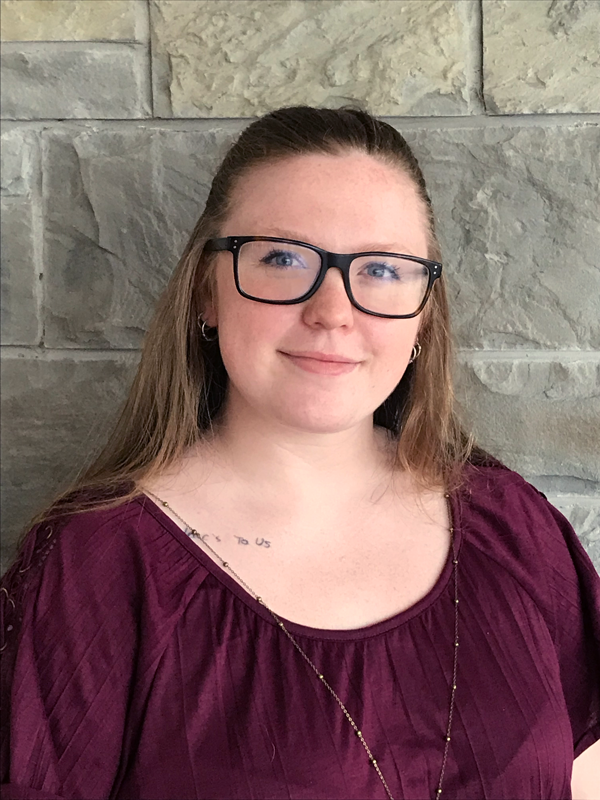Recent studies have shown that hundreds of thousands of children are academically at risk due to high incidence or poor classroom acoustics, high ambient noise levels in classrooms, and mild hearing loss common in pre-adolescents.

Many of the children that aren't hearing adequately become academically deficient in at least one subject by 6th grade. This is alarming. To think, a child may only be doing poorly because they cannot hear the teacher correctly. Paying attention the to noise in classrooms should be just as important as paying attention as to whether the lights are bright enough for the children to read the pages in their textbook.
While some deficiencies in classrooms, such as dim lights, are easily identified and corrected immediately, other deficiencies, such as ambient noise, are ignored and have a detrimental effect on a child's ability to comprehend, focus and learn. This issue needs to be realized, addressed, and corrected. Sadly, since it isn't a commonly identified problem, many don't know how to fix it.
Classrooms need to integrate a system that allows children to hear what the instructor is saying, clearly, and concisely. Classroom audio technology (CAT) is designed to enhance listening and learning environments. This technology's primary goal is to evenly distribute sound throughout a classroom and lead to higher recognition of speech. When systems are implemented, it is shown that attention and on-task focus improve, along with class interaction and participation.
In studies that focus on CAT, it was found that 33% of K-6 children hear their teacher significantly better and that academic test scores improve dramatically. ESL children can experience over 30% improvement in word/sentence recognition as well. Teachers also see benefits for themselves!
Using CAT can help to eliminate teacher absenteeism due to voice and throat illness. By using a microphone that gets projected from a speaker, teachers are finding that they do not have to strain their voices to get their point across. They are also not competing to be heard over ambient noises, such as passing cars, sirens and the heating/cooling units that are (obnoxiously) loud and seem to kick on at the worst of times.
If you are considering implementing a CAT system into your classroom, you should consider voice lift, a Rauland Telecenter U product. This product allows the instructor to wear a microphone, either on a lanyard, or that clips directly onto their shirt. The microphone is then connected to the classrooms sound system, which projects the instructors voice evenly throughout the room, enabling all students to hear, even those in the back of the classroom.
Understandably, it would be hard to get a Principal (let alone the School Board) to sign off on any expenses, even those that would help the students. That's why Telecenter U would be an attractive option to convince them to buy into your student's education.
Telecenter U covers the three E's: emergencies, event management, and everyday communication. Learn more about all the benefits that Telecenter U offers, not just classroom to classroom, but district-wide. For more detailed information and a case study that shows this product can help, check out:




